Dwarf lilac: varieties, tips for choosing and care
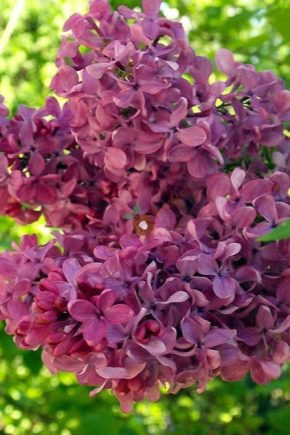
For amateur gardeners and landscape designers today there is a large variety of cultures that help to realize the most daring ideas for the design of private households and parks. In this list, dwarf lilac deserves special attention, which is represented by a large variety of species and varieties.


Peculiarities
This culture is a perennial, which is a low tree-shrub. As a rule, lilac grows everywhere, but prefers sunny and mountainous terrain. Dwarf lilacs should be attributed to the olive family. Today in nature you can find both wild shrubs, the formation of which took place in the light of natural pollination, and varieties grown by man artificially.
The classification of crops is based on differences in flowering time, color and shape of inflorescences, as well as the height of the bush.
Today, dwarf crops are especially in demand in landscape design due to their attractive appearance and fragrance. Therefore, culture can be found in private localities and in public parks. Ornamental lilac bushes are characterized by their unpretentious care, resistance to negative external factors, as well as low generative indicators.
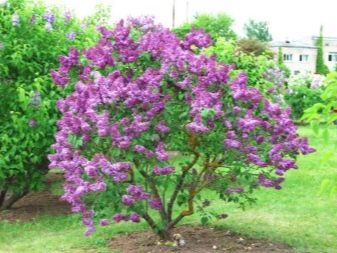
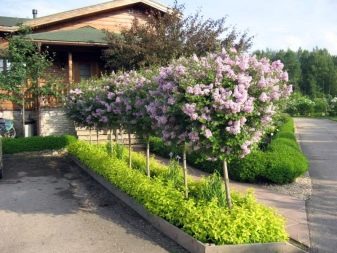
This plant stands out among many ornamental crops for its individual characteristics.
- Dwarf lilac bushes tolerate temperature drops very well. Today, there are varieties that retain their viability even at -40 ° C without the use of covering materials. This characteristic makes it possible to grow crops in regions with harsh winters.
- Plants do not require special care after planting. As a rule, agricultural technology is not much different from standard measures for the cultivation of horticultural crops.
- In addition to frost resistance, dwarf lilacs are drought tolerant. Some species will be able to withstand a week of heat without additional moisture.
- In decorative varieties, the vegetative process proceeds rather slowly, the crops slightly increase in size, so that they do not need frequent pruning or crown formation.
- Lilacs on the site will act as a natural air purifier, since the plant can absorb exhaust gases and various radiation.

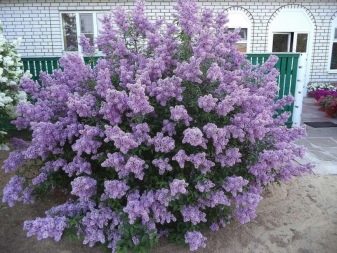
Among the weaknesses of the shrub, it is worth noting the low survival rate of young crops, as well as a rather long adaptation after rooting.
The best varieties and their characteristics
Among the variety of presented species of dwarf lilac, which is sold in nurseries, it is worth highlighting the most popular varieties.
"Meyer"
This variety of low-growing lilac includes about four dozen hybrid crops, the frost-resistant variety is especially in demand in central Russia and in the Moscow region. According to the description, flowering in a culture can last about two months. As a rule, the variety enters the flowering phase in early May. The decorative culture reaches a height of one and a half meters, the life cycle varies within 100 years.
Meyera stands out for its incredible aroma, thanks to which low and beautiful shrubs are very often planted in city parks. The color of the flowers, depending on belonging to a particular variety, can be white, cream, red and purple.
Among the most popular varieties of this type are "Pink", "Palibin", "White" and others.

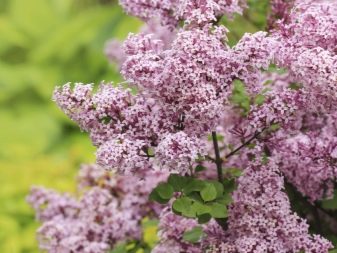
"Superba"
Small-leaved varietal lilac grows no more than a meter. This shrub is very resistant to negative temperatures, compact plants bloom for about 20 days, the first buds appear in early June.
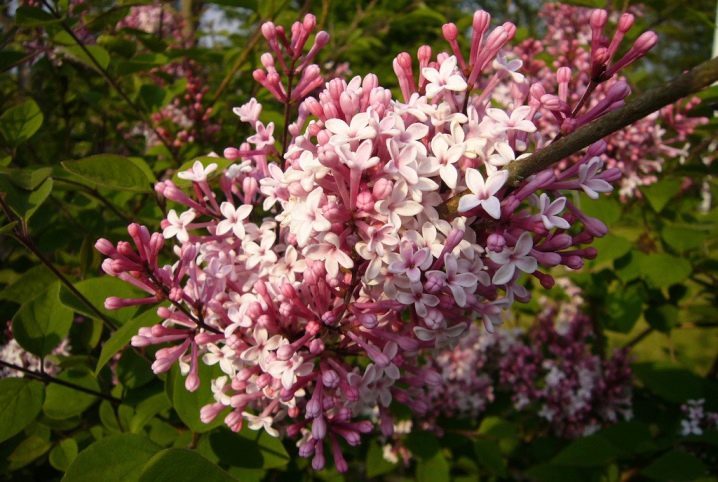
"Schoolgirl"
A type of ordinary lilac, which stands out for its small size. The shrub is very low, as a rule, the height of the plant is no more than 1-1.5 meters. This variety is notable for its purple flowers and resistance to temperature fluctuations.
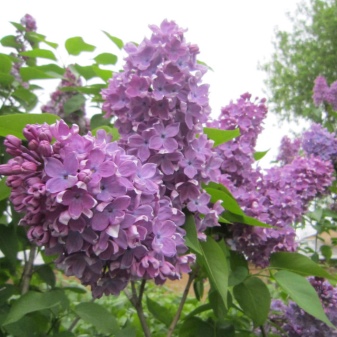
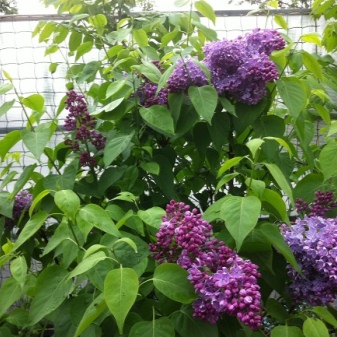
"Captain Bolte"
Lilacs have an average flowering time, the height of the tree is in the region of one meter. The culture blooms with magenta flowers, stands out for the abundance of inflorescences on the crown and resistance to frost.
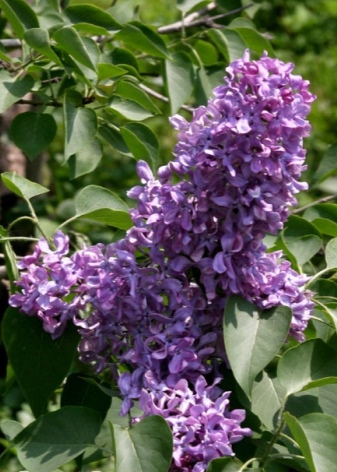
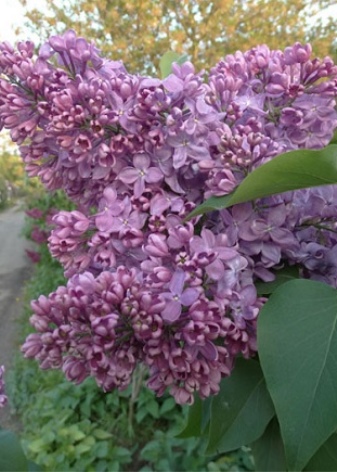
"Madame Charles Suchet"
A variety of dwarf lilacs with high decorative qualities. The culture belongs to the blue type, an adult bush reaches a height of one and a half meters.
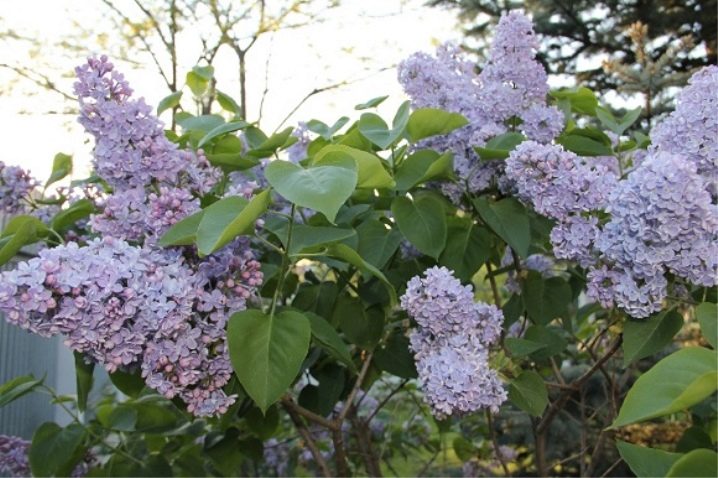
"Jose"
The hybrid variety, which has a very beautiful and spreading crown, develops rather slowly. As a rule, such trees are not higher than one meter. The culture blooms with purple-pink inflorescences with a pleasant sweetish aroma. The hybrid is distinguished by double flowering, the first phase begins in the last days of May, the second - in the second half of August.
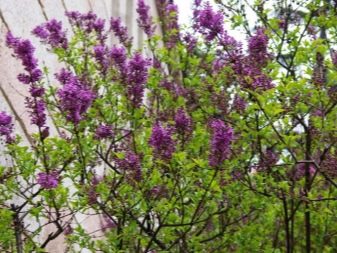
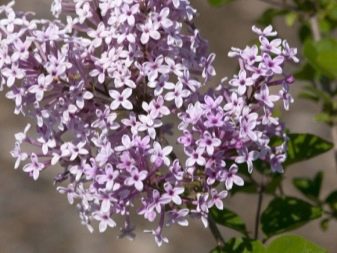
"Red Pixie"
A popular hybrid with a height of 1 meter, which belongs to the group of re-blooming lilacs. The shrub blooms with large red-violet inflorescences, the second phase of flowering is observed in August.
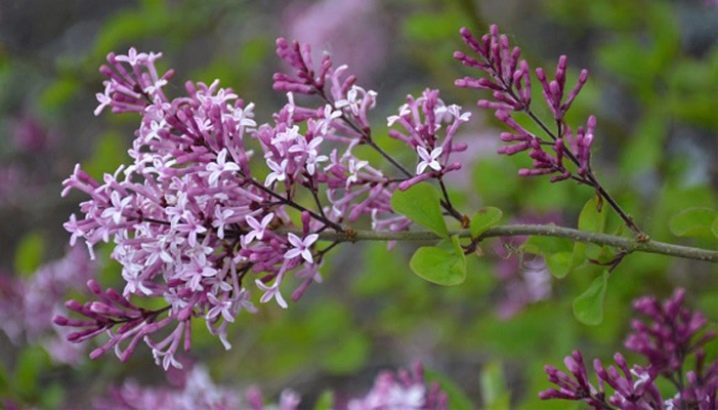
How to choose?
In light of the high popularity of undersized decorative lilacs in landscape design, the list of varieties and varieties of this plant is annually replenished. With a large assortment, it can be quite difficult for gardeners to decide on the choice of a new plant for their site.
The advice of experienced gardeners boils down to the fact that it is worth purchasing decorative low-growing lilacs exclusively in specialized nurseries or in botanical gardens. To be sure to select healthy planting material, you should visually inspect the aboveground and underground part of the seedling. The root system will be able to indicate possible problems and diseases of the culture.
In a good young tree, the roots should not have rot or defects, in addition, you should make sure that the entire root tuber of the plant is intact.
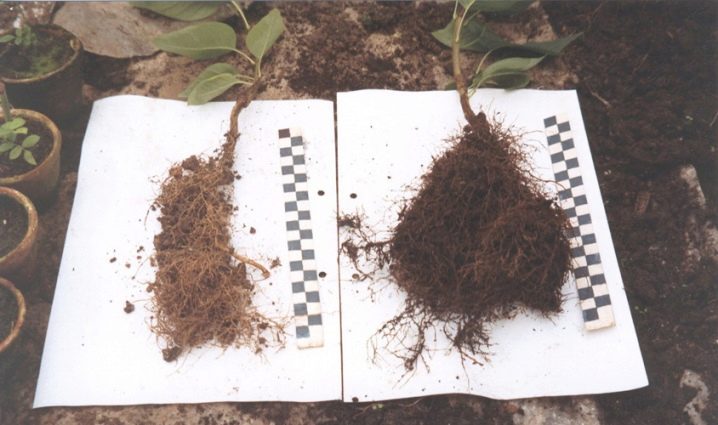
A healthy root system must be strong and flexible with many branches. The permissible root length, which is most suitable for planting, is considered to be about 30 centimeters.
And also the variety you like should have glossy buds with tight-fitting scales, the foliage of a healthy seedling will be smooth and green, with a slight gloss on the surface.
As for the selection of the variety, in this case, the choice will be based on personal taste preferences regarding the frequency of flowering and color. Almost all hybrid varieties and types of dwarf lilacs are distinguished by good frost resistance, so crops can develop even in regions with a harsh climate, provided they are sheltered for the winter.
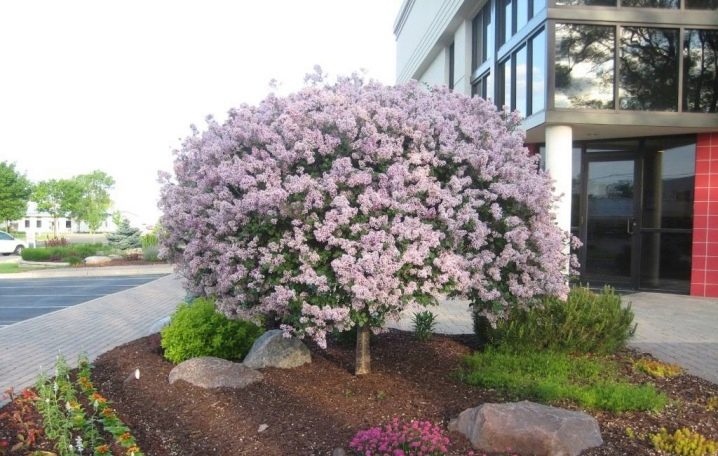
Landing rules
The rooting time of lilacs will vary based on varietal affiliation, since a feature of some crops is the need for planting in spring, other plants take root best after autumn planting in open ground. And also the choice of planting dates will relate to breeding options.
The following crops will be the best neighbors for a low-growing ornamental bush:
- viburnum;
- sakura;
- lilies;
- clematis.
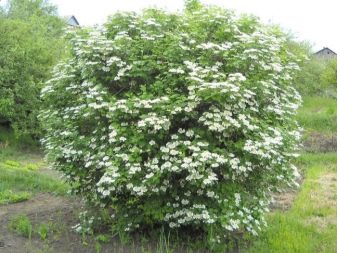
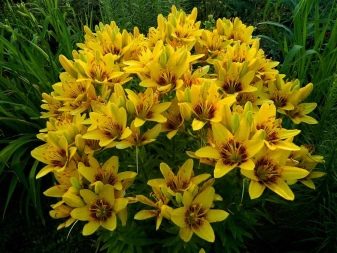
The preferred type of breeding dwarf lilac is cuttings or layering. Varietal hybrids are best planted with seedlings or vaccinated. As a rule, rooting dates fall from August to September.
For rooting in the garden, the owner of a young decorative lilac must prepare a hole, the dimensions of which will be 50x50x50 centimeters. Before disembarking, the pit should be treated with disinfecting compounds. For these purposes, you can use a manganese solution or specialized store products.
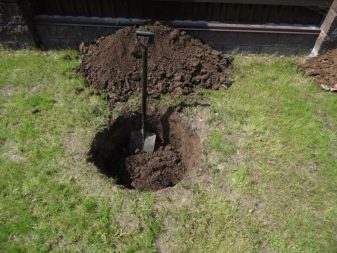
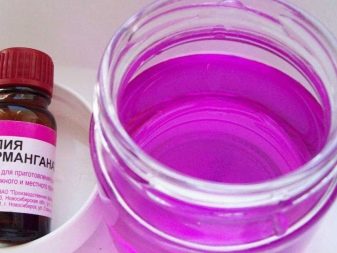
And also the root system of the culture is subjected to processing, it should be watered with any growth stimulator a day before planting. Drainage is laid at the bottom of the hole, as well as a layer of sand. It is best to use a specialized soil mixture with the obligatory presence of nitrogen for the productive growth of roots and green mass as a soil for planting dwarf lilacs.
The culture is placed in the center of the hole, the roots are leveled, and then sprinkled with a layer of soil. After planting, the plant must be watered with warm water, compacting the earth in the hole.
In the first months, a young seedling should be watered regularly, preventing the soil from drying out.
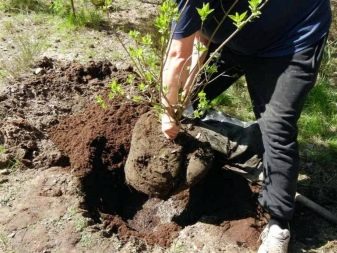

How to care?
The most important for the proper development of lilacs are the first 2-3 years after planting in open ground. During this period, the gardener is obliged to regularly perform all activities related to the care of dwarf lilacs. Among the care work, it is worth highlighting the mandatory tasks for every gardener.
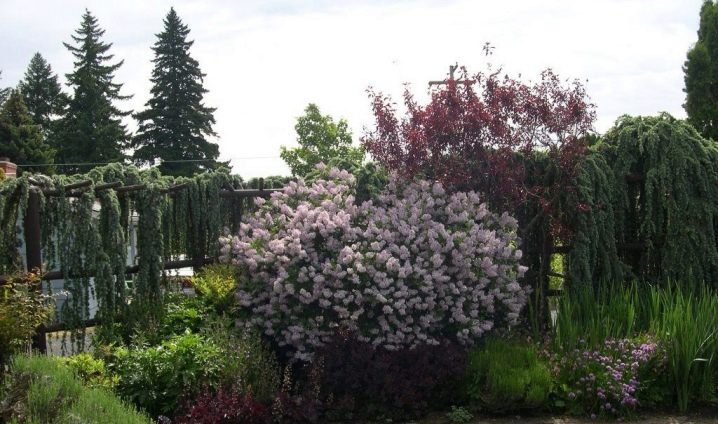
Top dressing
Fertilization should be done once every 2 years. To do this, a nutritious pillow should be formed in the lilac circle near the trunk, consisting of horse manure and humus. And every spring, before flowering, organic matter must be added to the hole with a bush, but only after the snow has completely melted. And you can also use complex formulations to maintain the growth and health of an ornamental plant.

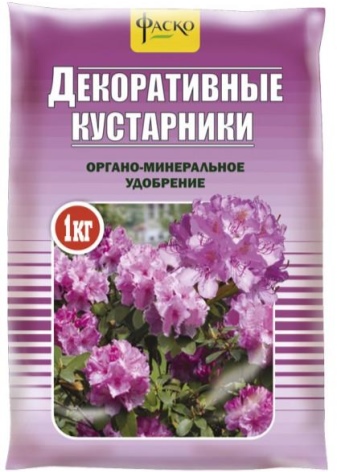
Watering
Humidification for lilacs is mandatory in the warm season, as a rule, 15-20 liters for one tree per week will be enough for full watering. With the arrival of autumn, watering should be gradually reduced, it should be reduced to once a month.
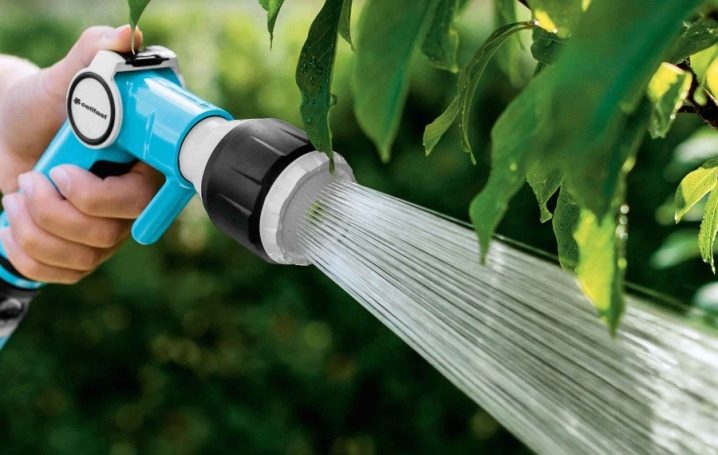
Disease and pest control
A mandatory preventive measure regarding the care of dwarf lilac bushes is the treatment of the trunk circle in order to remove weeds. As well as a visual inspection for the presence of ailments or pests, all crops growing nearby are subject to. If pests or signs of disease are found on neighboring crops, they should be promptly processed with Bordeaux liquid. And also, special attention should be paid to the state of lilacs, soil and neighboring crops with heavy rainfall, in order to exclude the formation of rot on the root system. For the purpose of prevention in such a situation, soil drainage should be performed.
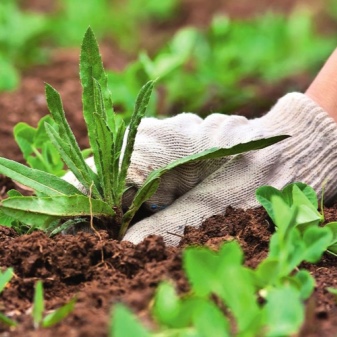

Lilacs rarely suffer from attacks of pests and diseases. However, the culture can be infected with some ailments.
- Bacterial necrosis - the disease usually manifests itself after flowering in the form of a change in the color of the green mass. In case of illness, the foliage becomes ashy, and the shoots are brown. To eliminate the risk of injury, it is worth regularly thinning the bushes, ensuring good ventilation of the crown.
- Powdery mildew most often attacks young seedlings. A sign of a fungal infection is a gray-white coating on the green mass. For the treatment of lilacs, the affected parts of the culture should be removed and bleach is introduced into the soil, after which the earth must be dug up.
- Verticillary wilting - the disease provokes a fungus, in the light of the appearance of which the foliage curls and dries in the culture. Treatment is carried out using soda ash and a solution with laundry soap.
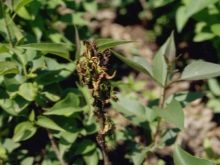

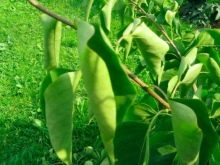
Among the dangerous pests, it is worth highlighting the leaf and kidney mites.
The first species feeds on lilac juices; with an active increase in the pest population, the culture dies rather quickly. The fight against the pest is carried out by treating the plant with copper and iron sulfate. The second type of pest hibernates on the crop, and with the arrival of spring it feeds on juices from the buds. You can destroy the insect with the help of specialized store compounds and by spraying lilacs with copper sulfate. A preventive measure that allows you to protect the culture from pests is the timely cleaning of fallen leaves, digging up the soil.
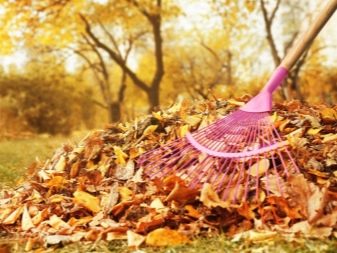
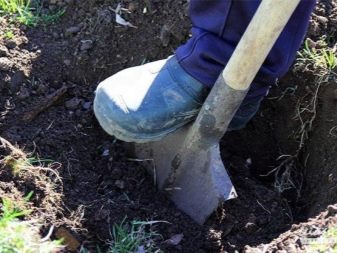
Pruning
Lilac crown formation should occur regularly. Adult crops are pruned every spring. In the course of work, about 8 buds are left on them, the rest are cut off. And also pruning involves removing dead wood. In the flowering phase of lilacs, you can cut off part of the fragrant inflorescences, which activates the appearance of new peduncles.
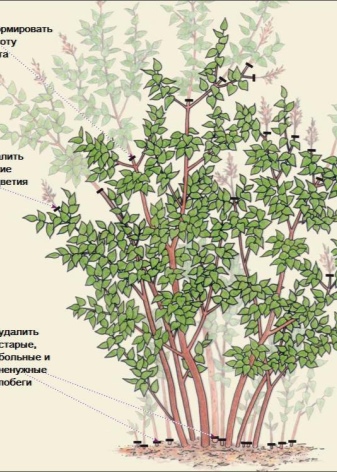
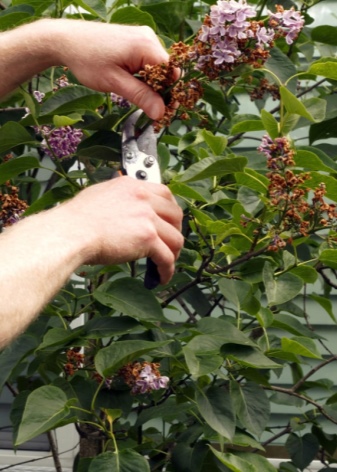
Next, watch the video review of Meyer's lilac.



































































I just adore the beauty of Moscow, now dwarf varieties have already appeared.
The comment was sent successfully.